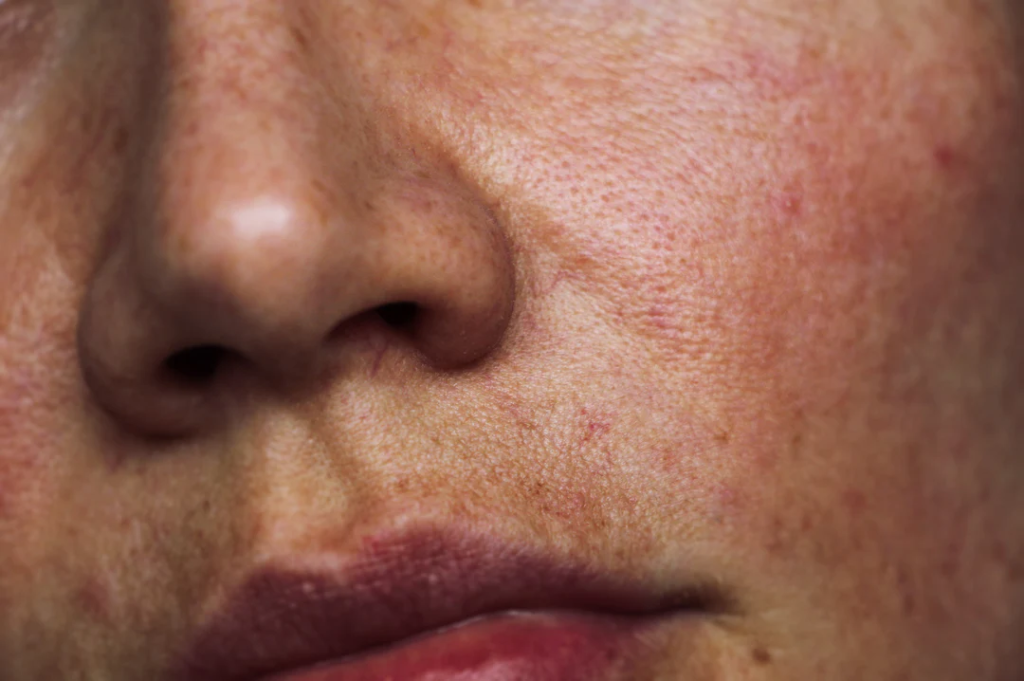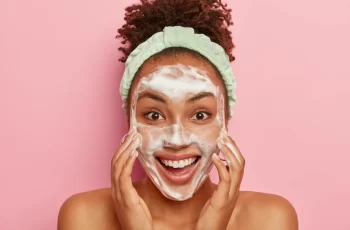
Frequently Asked Questions (FAQs) about Face Masks
Are Face Masks Worth Buying?
A little beauty detox might be fun, but is it worth the money? Simple: yes. It helps deliver active ingredients into the skin, improving its appearance and helping to improve certain skin conditions.
They are also becoming increasingly popular in the UK. Data from the NPD Group shows that sales have soared in recent years, and this trend is only going to increase over time.
What are the different types of face masks?
There are seemingly countless products out there now, but there are roughly five main areas: exfoliation, toning, moisturizing and masks. They all have different benefits, so you need to think carefully about what you want to achieve, your skin condition and what works best for you.
How long should a face mask be left on?
This all depends on the product, not to mention how thick you apply it to your face, but generally speaking it should be left on for 10 minutes. This gives the formula enough time to harden and work its full benefits.
How often should I use a face mask?
Again, this can depend on the skin condition and how your body reacts, so it’s best to experiment. It can also depend on the ingredients used in the mask. But other than that, we recommend about 2-3 times a week.
Some masks can be used once a day, but if you do, be sure to follow up with a moisturizer as you don’t want to dry out your skin.
When is the best time to use a mask?
There is no specific time of day that works best, it depends more on preparation, the time of day of your skincare routine, and whether you need to wear makeup. The most common time for people to use masks is at night, as you need to thoroughly remove your makeup, cleanse your face, and exfoliate before applying a mask.
For the same reasons, many people also find benefits in trying a mask in the morning, but we recommend doing this based on the time that works best for your lifestyle.
Why does my face go numb when I use a mask?
It can be frustrating to feel a tingling sensation on your face after applying a mask but not being able to scratch it. But for some people, it also raises concerns about having a negative reaction. Well, it depends on the formula, but most of the time it’s absolutely fine and a completely normal reaction.
Masks often contain ingredients such as glycolic acid, malic acid, tartaric acid, lactic acid (all AHAs), and salicylic acid (BHAs), and these chemical peels can cause a tingling sensation, which is completely safe and normal.
Why do I break out after a face mask?
While some people react to it, the most common reason is to remove toxins and impurities from the skin. If you think about the purpose of a face mask, it is to remove and eliminate these impurities from the skin. While they will subside and reduce as you incorporate it into your daily routine, you may experience a “breakout” the first time as the impurities are pushed out of the skin.
These masks penetrate deep into the skin and remove dirt, oil, and dead skin cells that have been stuck to it. So if you don’t do it often, this can remove years of grime.
Can I use a face mask if I have a beard?
This all depends on the length of your facial hair. If it’s short and the cream can reach your skin, then it’s worth it, but if you have a thick beard, it may affect the results. There is a lot of evidence that the parts of your face that are covered by hair are better protected from damage and toxins anyway, but if your hair is short enough, then it’s worth it.
Do you need to wash your face after a face mask?
Yes, you do need to wash your face afterwards. The charcoal has already absorbed excess oil, dead skin cells, and impurities, so you shouldn’t leave it on your face. It may also dry out your face if you use it for longer than recommended.
This all contradicts sheet masks, which shouldn’t be washed off because they’re packed with serums that help moisturize the skin.
Do sheet masks remove blackheads?
Yes, they do. In fact, it’s one of the most common reasons people use Procoal masks because the activated charcoal acts like a magnet, attracting dirt and grime from the skin. If you start using masks more often and your skin takes care of it, less dirt will be inside. Just make sure to exfoliate beforehand to open up your pores effectively.
Which mask is right for my skin type?
There are so many different types of masks out there that it’s often hard to know where to start. New trendy ingredients can cause even more confusion because you’ve heard about everything from snail mucus to bamboo.
If you have oily skin, your main goal is to remove excess oil from your skin. You may also find that oily skin can suffer from clogged pores and lots of impurities. Therefore, a clay or activated charcoal mask may be a good choice.
On the other hand, if you have dry skin, you should opt for an antioxidant-rich and collagen-rich gel mask. This will moisturize your skin (thanks to hyaluronic acid) and make your complexion radiant. This is another reason why serum- and hyaluronic acid-rich masks are becoming increasingly popular. Also keep an eye out for arbutin and bearberry extract.
If you suffer from acne, a cleansing mask is the solution (charcoal is also a good choice) as it removes all impurities from the skin. Keep in mind that the first time you use a mask, you may develop a rash as toxins are flushed out of the skin. However, this is natural and part of cleansing your skin. Therefore, we sometimes recommend using a mask for the first time when you can handle acne.
If you are lucky enough to have normal skin, you can do a few experiments to find a mask that works for you. If your skin is relatively healthy, you can focus on the main goals of anti-aging and moisturizing the skin to ensure that collagen and elastin production remain high.
What to do before applying a mask?
Preparing for a face mask is just as important as the mask itself! Many people skip this part and jump right into the application, but they’re shortchanging themselves and preventing themselves from getting the best results.
First, you should cleanse your face thoroughly and remove any makeup from your skin (just wash your face thoroughly, guys). After that, you need to consider which peel is best for you. Some people use a machine, while others prefer chemical peels (AHA and BHA). Whatever you choose, you’ll need to do it to remove the top layer of dead skin cells and excess oil, and then open up your pores. Wash off the scrub with warm water, which helps keep your pores open before applying the product to your skin.
How to properly apply a face mask?
Start at the top of your neck and rub the cream upwards. You want everything to be evenly distributed on your skin. Be sure to avoid certain areas, such as your eyes and mouth. Some people prefer to use their hands, while others prefer to use a brush, there’s no right way. Then it’s time to sit back and wait.
Do I need to avoid the sun after using a face mask?
You don’t have to be afraid of the sun after applying a face mask. However, we always recommend protecting your skin from the sun as it is one of the biggest factors in skin aging. So, always use a good sunscreen.
Do you still need to apply moisturizer after applying a mask?
Yes, apply moisturizer on your face after washing off the mask to hydrate your skin. You may also want to steam your face before applying moisturizer so that the moisturizer can effectively penetrate into the deepest layers of your skin.
Do masks expire?
All reputable masks should have a date. One thing to keep in mind is that some products actually have a manufacturing date instead of an expiration date, which can sometimes cause confusion (especially with products made in Korea).
Masks will also expire faster once they are opened. Try to make sure the lid is tightly closed to prevent air from getting in.


